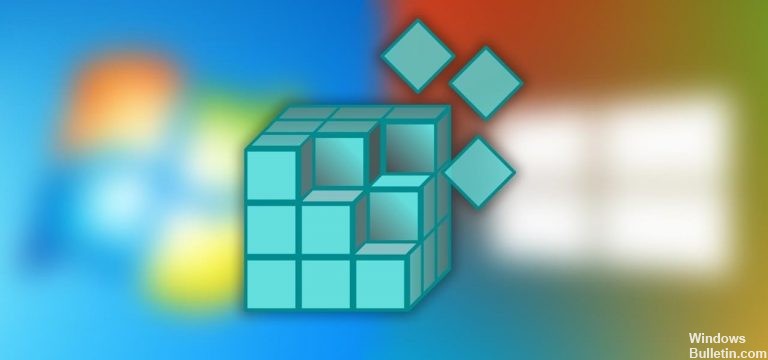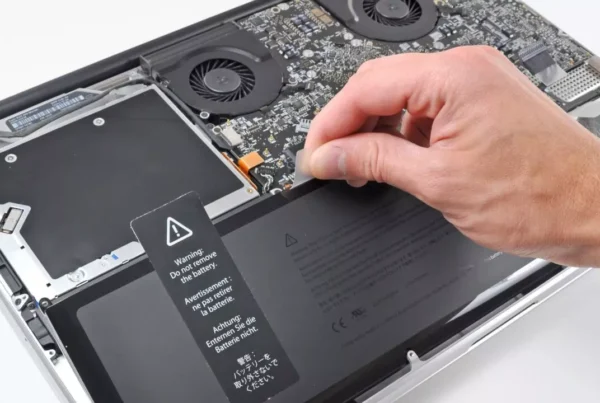RECOMMENDED: Click here to fix Windows errors and get the most out of your system performance
Even though it is risky to play with the Windows registry, cleaning it can have a positive impact on the overall performance of your computer.
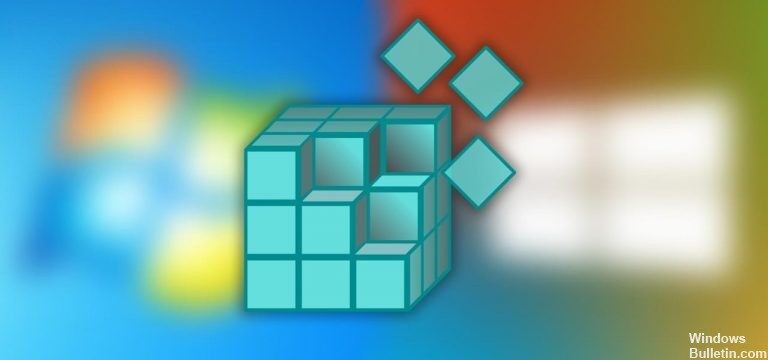
The Windows Registry is a repository for a vast collection of details on your computer: where programs are stored, what utilities (called DLLs) your various applications share, a list of all shortcuts on the Start menu, and notes about the programs. that are available. it is activated by clicking on an icon. And this is just the beginning.
Prácticamente todo lo que hace en Windows se registra en el registro. A modo de ejemplo, la Url de este post probablemente ahora tenga una entrada en alguna parte. Las rutas a las últimas diez imágenes o documentos que abrió además están presentes, así como los detalles de los programas que ha instalado o desinstalado.
Why clean the registry?
After you have run the Windows operating system for some time, installed and uninstalled programs, and swapped out various keyboards and mice, you will get thousands or hundreds of registry entries that are totally useless. Each of them uses very little disk space, but the operating system still has to filter them all, which slows it down a bit. By cleaning the registry, you can remove these unwanted entries and make your system run a bit faster.
However, sometimes it is really necessary to fix registry problems. As an example, if you have already encountered a malicious product, you know that it can totally alter your registry. So how can corrupted registry items be repaired? When it comes to fixing registry errors, knowing what you are doing is essential. The first step is to create a backup of the registry.
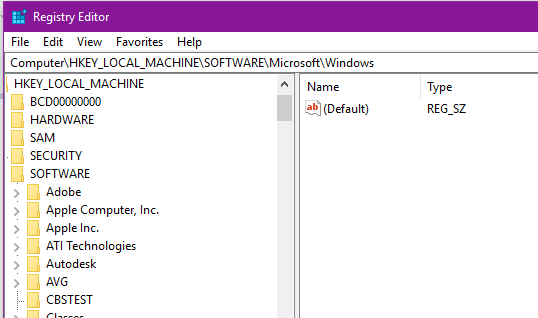
To back up your registry
- To enter the registry editor in Windows 10, type regedit in Cortana's search bar. Right click on the regedit option and select "Open as administrator".
- Additionally, you can press Windows + R, which opens the Run dialog box. You can type regedit in this field and click OK.
- Then click File -> Export. Enter a file name and save the log file. You can save the entire database or choose a chosen area. By default, exported log files are automatically given the .reg span.
To modify the registry
Puede usar el editor de registro para realizar cambios en su archivo de registro actual. Aquí hay un ejemplo que le posibilita cambiar la página de inicio de su browser (esto es sobre todo útil si el malware se ha apoderado de la página de inicio de su navegador).
Primero, abra el Editor del Registro escribiendo Regedit en la barra de búsqueda de Cortana y aceptando el cuadro de diálogo UAC (o utilizando el método Windows Key + R-Key). Haga clic en el signo + junto a HKEY_CURRENT_USER, posteriormente haga clic en software a Microsoft a Internet Explorer.
Then right-click on Main, select Export and save the file to your computer. Finally, right-click on the file, select "Open With," then select Notepad.
When you open the file, it will look like this:
The first line "Windows Registry Editor Version 5.00" tells the operating system that this file is a registry file. The second part is the configuration details that tell the operating system what to add and modify in the registry.
Para cambiar la página de inicio de un portal Web específico como Microsoft, vaya a HKEY_CURRENT_USER -> Software -> Microsoft -> Internet Explorer -> Main. Busque la opción Inicio en el panel derecho, posteriormente haga doble clic en Inicio. En Información del valor, ingrese el nombre del portal web y posteriormente haga clic en Aceptar.
If you make a mistake while making this change, you basically double-click the exported file to reset the changes you have made.
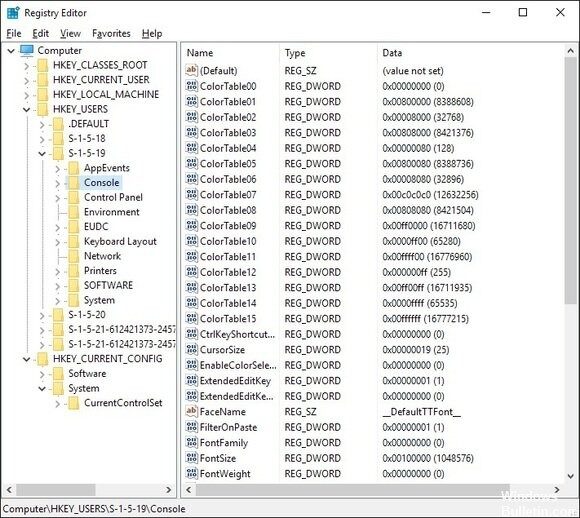
To delete a specific registry entry
When you uninstall a program, some registry settings may not be removed. To fully uninstall the program, you must delete the program entry from the registry.
- Open Registry Editor and click the + sign next to HKEY_LOCAL_MACHINE. Then click Add / Remove Programs and identify the program you want to remove. Right-click the correct entry and click Delete.
- Finally, click the + sign next to HKEY_CURRENT_USER, go to Software, identify the program you want to remove, right-click the entry, and then click Remove.
https://java.com/en/download/help/manual_regedit.xml
RECOMMENDED: Click here to fix Windows errors and get the most out of your system performance

